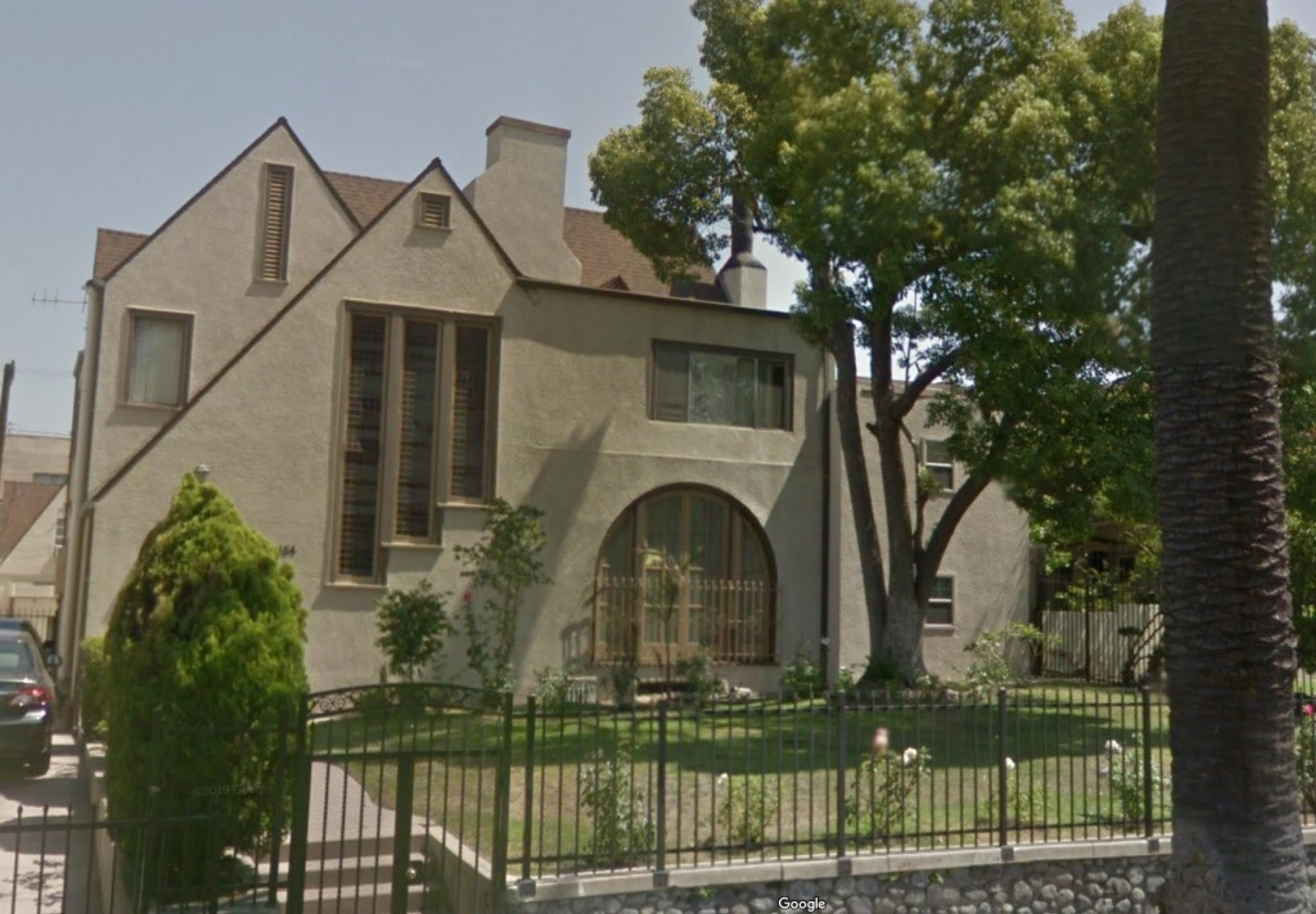Los Angeles was sold to me, as she had been to countless others, on the booster’s promise of light and air and orange trees. That I would move here and live in a charming little Spanish stucco fourplex until such time as I’d be able to get a house in the ‘burbs with a yard and, you know, an orange tree. Somehow I managed the dream, shuffling between apartment complexes until I got the house with the light and air and the dang orange tree.
But the Los Angeles I moved to back in ’93 is fast disappearing. Where once single family homes blanketed the landscape, they are now routinely felled for massive construction. Human-scale garden court apartments are swallowed up by megadevelopments.
But, you say, housing! To which you add, homelessness and density and urbanism and growth! But I’m not here to argue politics. Though in the course of things I likely will.
Rather, I’m here to show you what’s going away. The premise of this blog is simple: after a demo permit is pulled, I’ll show you a picture of what they’re demolishing, and tell you about its forthcoming replacement. For example:
Here is 154 South Occidental Blvd. It was built in 1923.
Records show the living room had to be enlarged in 1937 to accommodate the installation of a pipe organ.
154 is being replaced by a five-story, thirty-six unit project.
Look at the roofline on its neighbor 160, built in 1920. Holy smokes. Is it next? According to UrbanizeLA it is similarly doomed, but the plans don’t make mention of it. Seems like the folk at Urbanize got a fly in their ear at the TOC lobbyist bar.
154 is there behind the tree (also not long for this world). You can imagine the way in which a five-story building is going to change the neighborhood. Strictly speaking the developers are not allowed to build that big but the City awarded them a zoning variance. Which is dubbed the friendly-sounding “density bonus.” Basically, if you set aside 8% of your units for subsidized housing, and it’s near a bus stop, local zoning gets thrown out the window. (That’s simplifying matters grossly, but it’s too early in the game to begin hashing out the Density Bonus program, or, more to the point, incentivizing entitlements under the Transit Oriented Communities Affordable Housing Incentive Program Guidelines.)
In short. The Los Angeles I came to know, the trees and wide spaces—you might call it sprawl, and deride it as ticky-tacky replete with conformity suitable only for watching it burn, all Halloween orange and chimney red—well I love it, each and every 154 South Occidental, every stucco fourplex, every orange tree. And I love all y’all, each and every Angeleno, and want you to forever share in the programmatic tamales, the Late Moderne pylon signs, the dingbats, the whole Norman-Chinesque-Spanish-Egypto mélange that Evelyn Waugh so dutifully chided us about.
And with that, here we go! Please be advised we are as well associated with the besocial’d media that are Facebook and Twitter. If _you_ are on a social network and sharing a threatened or lost landmark, may I suggest you use the #RIPLosAngeles hashtag? Thank you!
About Nathan Marsak
NATHAN MARSAK says: “I came to praise Los Angeles, not to bury her. And yet developers, City Hall and social reformers work in concert to effect wholesale demolition, removing the human scale of my town, tossing its charm into a landfill. The least I can do is memorialize in real time those places worth noting, as they slide inexorably into memory. In college I studied under Banham. I learned to love Los Angeles via Reyner’s teachings (and came to abjure Mike Davis and his lurid, fanciful, laughably-researched assertions). In grad school I focused on visionary urbanism and technological utopianism—so while some may find the premise of preserving communities so much ill-considered reactionary twaddle, at least I have a background in the other side. Anyway, I moved to Los Angeles, and began to document. I drove about shooting neon signs. I put endless miles across the Plains of Id on the old Packard as part of the 1947project; when Kim Cooper blogged about some bad lunch meat in Compton, I drove down to there to check on the scene of the crime (never via freeway—you can’t really learn Los Angeles unless you study her from the surface streets). But in short order one landmark after another disappeared. Few demolitions are as contentious or high profile as the Ambassador or Parker Center; rather, it is all the little houses and commercial buildings the social engineers are desperate to destroy in the name of the Greater Good. The fabric of our city is woven together by communities and neighborhoods who no longer have a say in their zoning or planning so it’s important to shine a light on these vanishing treasures, now, before the remarkable character of our city is wiped away like a stain from a countertop. (But Nathan, you say, it’s just this one house—no, it isn’t. Principiis obsta, finem respice.) And who knows, one might even be saved. Excelsior!””
Nathan’s blogs are: Bunker Hill Los Angeles, RIP Los Angeles & On Bunker Hill.
